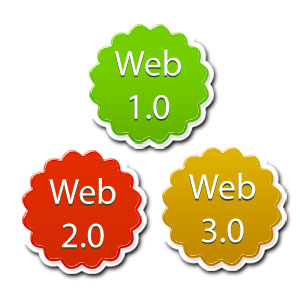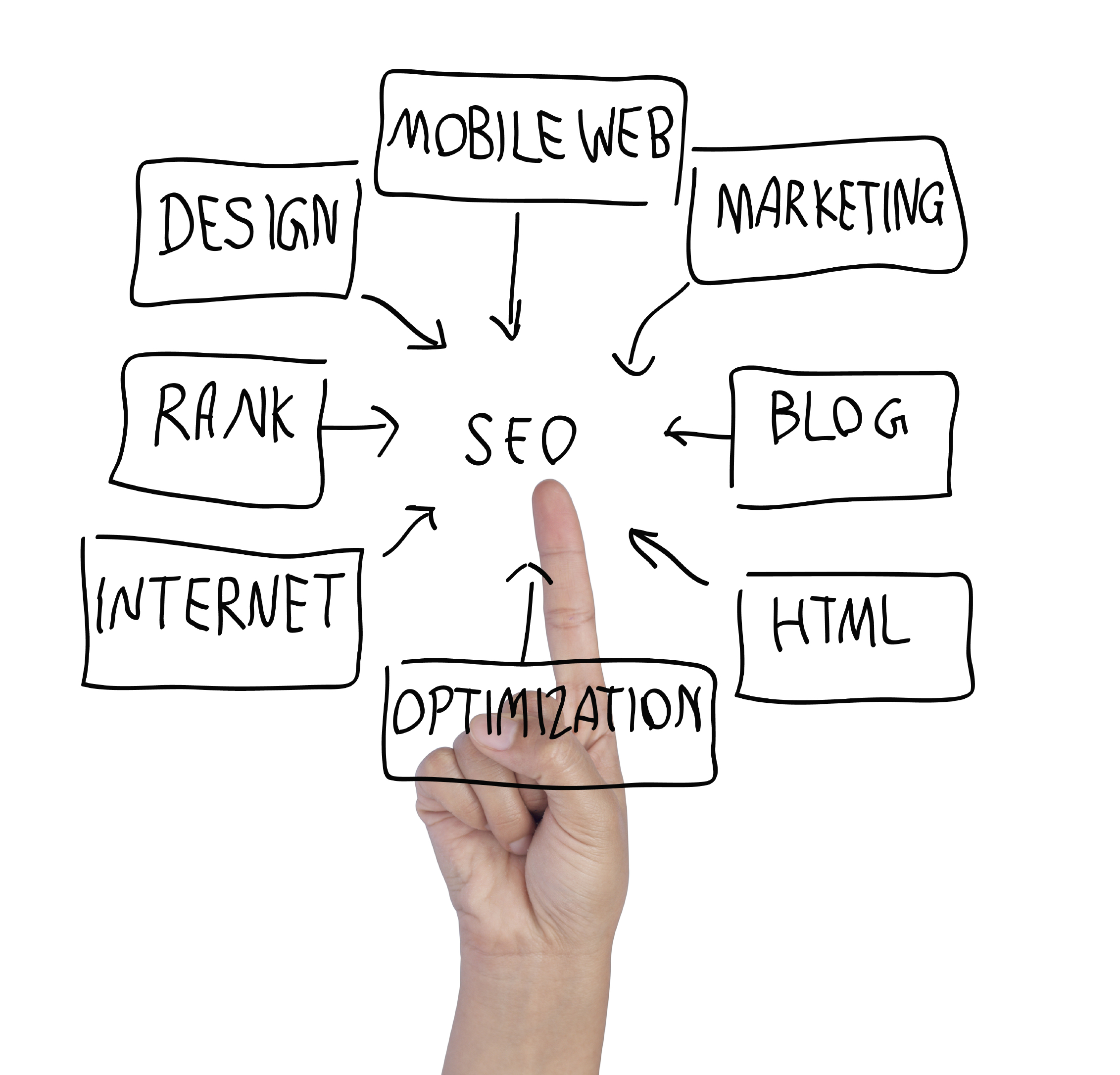
 WWW stands for World Wide Web. It was launched in 1991. The oldest version Web 0.1 was only allowing people to read from the internet. Due to advanced technology, new versions Web2.0 and 3.0 allows read as well as edit. The newer versions are of course more suitable and preferable to be used with more facilities. WWW has become an exalted stage for the ever emerging online community to interact and share thoughts and information.
WWW stands for World Wide Web. It was launched in 1991. The oldest version Web 0.1 was only allowing people to read from the internet. Due to advanced technology, new versions Web2.0 and 3.0 allows read as well as edit. The newer versions are of course more suitable and preferable to be used with more facilities. WWW has become an exalted stage for the ever emerging online community to interact and share thoughts and information.
But mostly we are confused about the changes and the evolution that took place. This article will help to clear out the differences through the below mentioned points.
Web 1.0
Web 1.0 was the first version and it was the basic internet with informative content and no interactivity
between the information provider and its consumer. Specialist used to call that time “Read-only Era”.
That time has been just like a Read-Only file where no networking could be done, no bookmarking
or hyper-linking and dynamic content. That time consumer and producer of the information cannot
communicate with each other. That time emails were sent through in the HTML form. Static websites
which were made during the ‘.com evolution’ are the best examples of ‘The Internet’.
Web 2.0
Web 2.0 known for advanced technology and applications including wikis, blogs, RSS and social
networking sites. O’Reilly market introduced web 2.0 design in 1999. Now user can publish their own content
through some basic steps, which was not possible earlier in the web 1.0. We commonly use many sites
today like Facebook, Twitter, Flickr and other social networking sites just because of web 2.0. Web 2.0
has proved to be a great success in social networking, blogging, video sharing, chatting, and all kinds of
online interactivity.
Web 3.0
The third generation of World Wide Web (WWW) is known as Web 3.0. Web 3.0 will be the Semantic
Web. Web3.0 tells the computer how to take huge data and deliver in a usable way. Web content was
easily carried in the form of natural language with the help of Web 3.0. Semantic web, linked data,
natural language processing (NLP), artificial intelligence, mashups, & APIs technologies are a collection
of Web 3.0.






